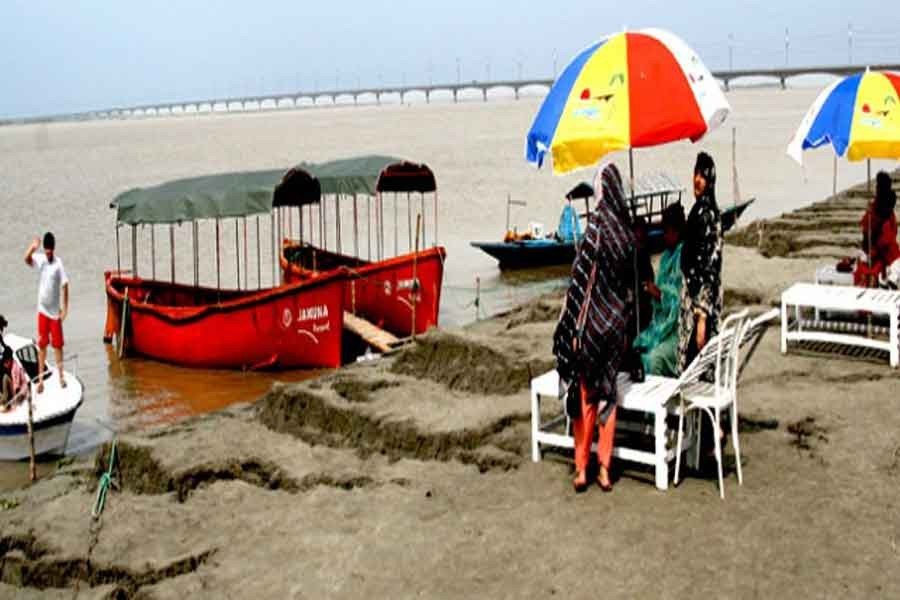For the middle and lower middle-class urban residents in Dhaka, engaging in jubilations appears to be a rare event. The scene was not much different in the past. Unlike in the neighbouring Bengalee-dominant capital of Kolkata in West Bengal, the people of Dhaka are largely known as materialistic, prosaic and nurturing a tendency to avoid merry-making.
This is true in part. Like in the other cities, they also let themselves be swayed by occasional bouts of fun and frolic. Apart from the two solemn festivities of Eid, the Dhaka dwellers, youths in particular, take part in the joyous wedding functions, birthday parties, social and national jubilations -- that dominantly include the Bangla New Year.
In the list of festive community events, one has for some time been emerging as conspicuous by its absence. It is the once-eagerly-awaited winter event of picnics. The buoyant and sprightly picnics appear to be leaving Dhaka as years roll by. Maybe, the young and teenage boys and girls, as well as the middle-aged people, have found the key to more jovial outlets of passing a full day. Reality doesn't subscribe to this fact. The real picture is that the Dhaka people are fast losing their interest in picnics. But even 10-15 years ago, a common early-morning view in many localities comprised a typical spectacle: rows of deluxe buses on the roadside -- the picnic-goers in groups arriving at the scene, some chatting outside, with many already sitting on their favourite seats. Close by, the mike men are found busy fitting the loudspeakers on the bus-tops which will soon start blaring rhythmic popular film songs -- mostly in Hindi. The whole thing finally appears to be a massive affair. The caravan of picnic-buses tries its best to set out for the travel to the respective spots as early as possible. It was because they had to make way through the gridlock created by hundreds of buses, cars, covered trucks and other vehicles. Moreover, they had to return to Dhaka before sunset.
In the early part of this century and decades back, the popular picnic spots were scattered across the vast forest areas of Joydevpur, Chandra, Sreepur and places deep inside. The swathes were dense with 'shaal' and other trees and bushes. It was the loudspeakers' songs that would tear asunder the otherwise serene atmosphere of the picnic sites. At times tiffs and arguments would break out on petty matters, mostly in the cases of two or more parties setting up their tents in close proximity. The permanent rest houses or guest houses with modern facilities were few back then. Later, the areas became chockablock with 'picnic spots on rent'. On being annoyed by the often-raucous picnicking crowds, the seclusion loving people were found engaged in search of less visited spots.
In fact, eventually the picnic spots around Dhaka proved insufficient for the ever-increasing fun-loving people. Many blame this fast shrinking space for people willing to pass a day in the wild on the sharp rise in the number of picnickers. Setting up of industrial zones after felling trees mindlessly is also considered a major reason why picnickers shunned the traditional spots. Taking this opportunity, a number of moneyed people opened picnic-centred rest houses in the relatively secluded areas near the capital. They remain booked throughout the winter every year nowadays. In such a situation, few can imagine that in the 1960s, many youths and teenagers would make 'long' bus trips to Gulshan forests to spend their picnic days. This scribe has participated in these Gulshan picnics along with his schoolmates several times, which finally appeared like expeditions of sorts. Alas! Those idyllic days are buried in the soulless and mechanised urban life of Dhaka.


